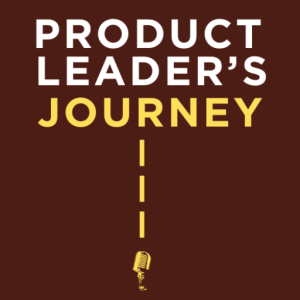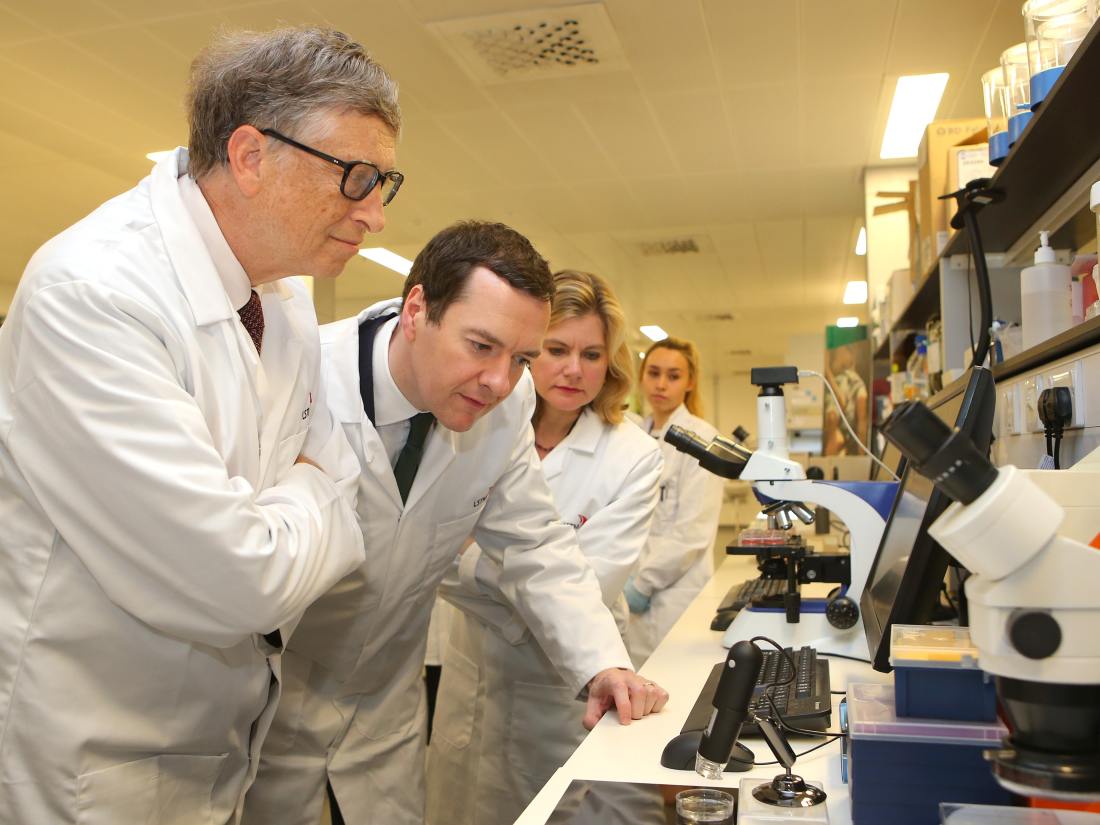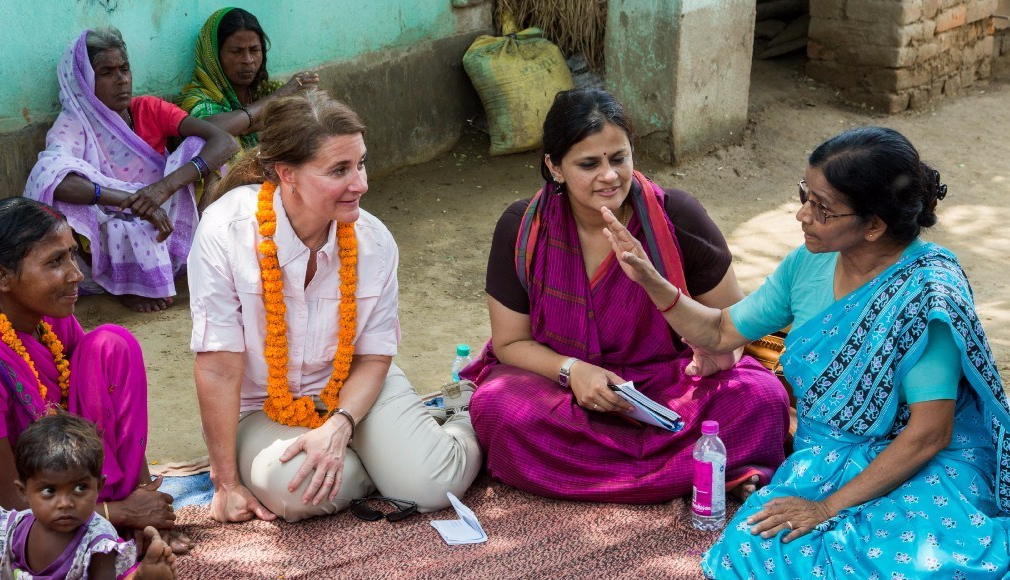I recently watched the interview of Bill & Melinda Gates with Chris Anderson at the TED conference in 2014. It was a remarkable interview that gave an insight into their approach to philanthropy, their shared belief of responsibility, and raising their children while being the richest family in the world. One of the big takeaways of this interview for me was the partnership and complementary qualities they both bring to their work at the Gates Foundation. Bill and Melinda Gates set a great example for product teams. I highly encourage taking the time to watch the interview shared above.
Complementary Strengths
Much like engineers in a product team, Bill Gates seeks to understand how technology can help address complex problems such as reducing child mortality, or eradicating polio. He meets scientists and experts in respective fields to understand what solutions are feasible, and how previous approaches can be improved upon.
And much like product managers, Melinda Gates, spends a fair amount of time meeting with people, women, children, families, and understanding their problems, understanding how social barriers might impede the adoption of solutions, and how solutions need to be designed to have the desired impact. She gives the example of how women need to be made comfortable to have polio drops administered in their child’s mouth. She states:
“The delivery is every bit as important as the science.”
Building Shared Understanding

To be sure, Bill Gates also spends time in the field with Melinda Gates where the Foundation’s work is being carried out.
When a product manager invites and includes engineering team members in meetings with customers, it goes a long way in building a shared understanding of the problem while enhancing mutual credibility and relationship. Not to read too much into this photograph above where the Gates’ visit a family in Tanzania, but see the body language of Melinda (leaning forward seeking to understand) and Bill (observing, listening and learning).
Delivery Impacts Design
As Melinda Gates demonstrates, it is not simply enough to understand the problem. It is also important to understand what might impede the adoption of a solution. That in turn influences the design of the product.
At McAfee when our product team developed and launched the industry’s first cloud-enabled anti-virus solution, one design constraint we imposed on ourselves was that customers should not have to upgrade their anti-virus product. We wanted hundreds of millions of McAfee customers to have this capability as soon as possible, without having to go through a product refresh and upgrade cycle. The solution was architected and delivered keeping this in mind.
Roles & Responsibilities
Bill and Melinda Gates provide a model of collaboration and partnership that all of us building products can aspire to reach. She aptly summarizes it with:
“I know when I come home, Bill is going to be interested in what I learnt. And he knows when he comes home, I’ll be interested. We have a collaborative relationship, but we don’t spend every minute together.”
There is clear appreciation of the different roles and responsibilities and how each role must choose to spend time in the most effective manner. Clearly Melinda Gates does not sit in on every technical meeting that Bill has with scientists and experts in various fields. She could not do her work in the field if she were to do that.
Yet, when I speak with product managers, I hear that they are expected to attend almost all engineering meetings. They also end up being project managers instead of product managers. This has a high opportunity cost. This is where building trust is very important. Having effective communication and a strong relationship within the product team allows product managers keep a good balance between inbound and outbound activities.
Healthy Tension or Healthy Debate?
It is perhaps possible that Bill and Melinda Gates are like any other couple in that they don’t agree on everything and have good debates and question each other. One can imagine they do so in a collaborative manner without losing sight of the goal, without egos and personalities getting involved. This is the foundation of a great partnership.
Many product teams get caught up in the opposite, unfortunately. Engineers complain about product managers and doubt whether the product roadmap reflects the right priorities. Product managers think that engineers are being less than forthcoming with estimates and schedules.
Some people think that a little bit of “healthy tension” in a product team is good. Well, tension is never healthy, debates can be. Teams that work effectively leave pride and ego at the door. They realize that every individual has an opportunity to contribute to the learning and growth of the other.
Technologists and product managers both have complementary strengths. A high degree of collaboration and mutual trust can help both to partner effectively towards a common goal of delivering a winning product. Bill and Melinda Gates set a great example. I highly encourage taking the time to watch the interview shared above.


